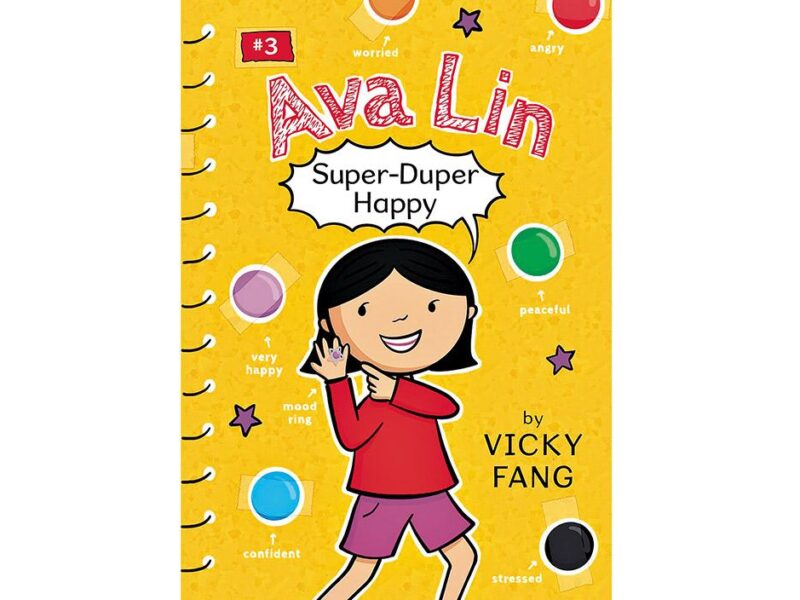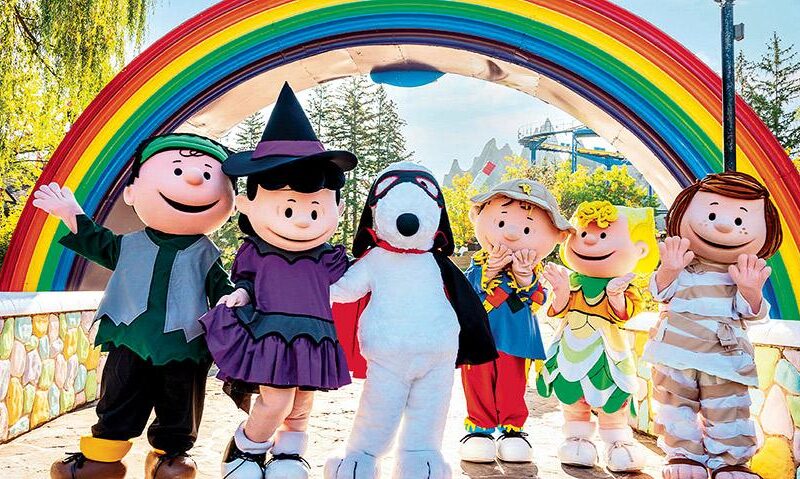
Dress-up play sets the stage for creativity and learning
By Jane Muller
If you have a seven-year-old who’s pushing 14, don’t blame her princess costumes.
Kate Muddiman, creative director of Great Pretenders, an award-winning children’s costume line, suggests we quit picking on princesses. She explains it’s not pretending to be a princess that is morphing little girls into wannabe teens. Scrape away the fairy dust and it’s clear to her that it’s the inappropriate pop culture “role models’’ who are driving the sexualization of kids.
Sparkly dresses and tiaras are definitely child’s play compared with suggestive song lyrics, dance moves and scant outfits. In fact, there are many benefits to donning a cape, tutu, gown or helmet, according to Muddiman.
More than pretend play, dress-up is also unstructured play in a world where so much of what kids do is structured. She says it’s a chance for kids to create their own boundaries.
“When you take away the parameters, it’s amazing what kids come up with,’’ she explains.
Some of the benefits she cites include honing the ability to problem solve and communicate, building confidence with who they are, and providing a platform to test out and try on different personalities. Dress-up play also creates opportunities for adults to bond with kids, adding a multigenerational component, Muddiman says.
There’s a multigenerational aspect to Great Pretenders. Muddiman is the daughter of the founder of the global brand. She’s currently living in Switzerland, one of the European countries where the brand has “quite a significant presence”. In countries like Switzerland, Germany and France, childhood is “different” from the North American experience, the creative director observes.
In Europe, kids engage in dress-up play until the age of 10. In North America, the costume craze stops closer to age 7. She’s noticed that Europeans extend childhood and the dress-up tends to non-violent and without weapons.
The kids’ costume expert notes that girls are more likely to disrobe to dress up whereas boys tend to add on tunic and other accessories over their own clothes. She admits it’s surprising that boy-oriented attire accounts for 40 per cent of Great Pretenders sales, compared to the accepted average of 25 per cent for general costume consumption. She credits that boy-appeal to the fact that the company provides “the right tools”.
“Being a lion is so cool,” she says.
Muddiman describes an interesting cross-gender mix that will have girls purchasing a princess outfit and accessorizing with a pirate sword and shield or boys wanting fairy wings. Her business, she says, feeds kids’ desire for magical, whimsical play.
The costume buffet is extensive, as can be seen on the website and the Great Pretenders catalogue. The company stays away from licensed products, although popular themes can be seen in the latest offerings that include an Ice Crystal Queen dress and a flowing, silver-blue Snow Queen cape.
Generic super hero costumes, available in an assortment of brilliant colours, allow kids to create their own power scenarios. The extensive and incredibly cute selection of fairy garb, from tutus to wings and accessories, can be mixed and matched to be create ethereal creatures of a child’s own making.
It appears that kids engage in most of their costume creativity during the summer months, which are the busiest for Great Pretenders, not the fall. Halloween costumes tend to be at a different price point and feature more licensed products, Muddiman explains.
“We get more of a bump at Christmas than Halloween.”
She’d agree that any season is dress-up season.
Check out the inspirational offerings at www.greatpretenders.ca.
PHOTO COURTESY of Great Pretenders





